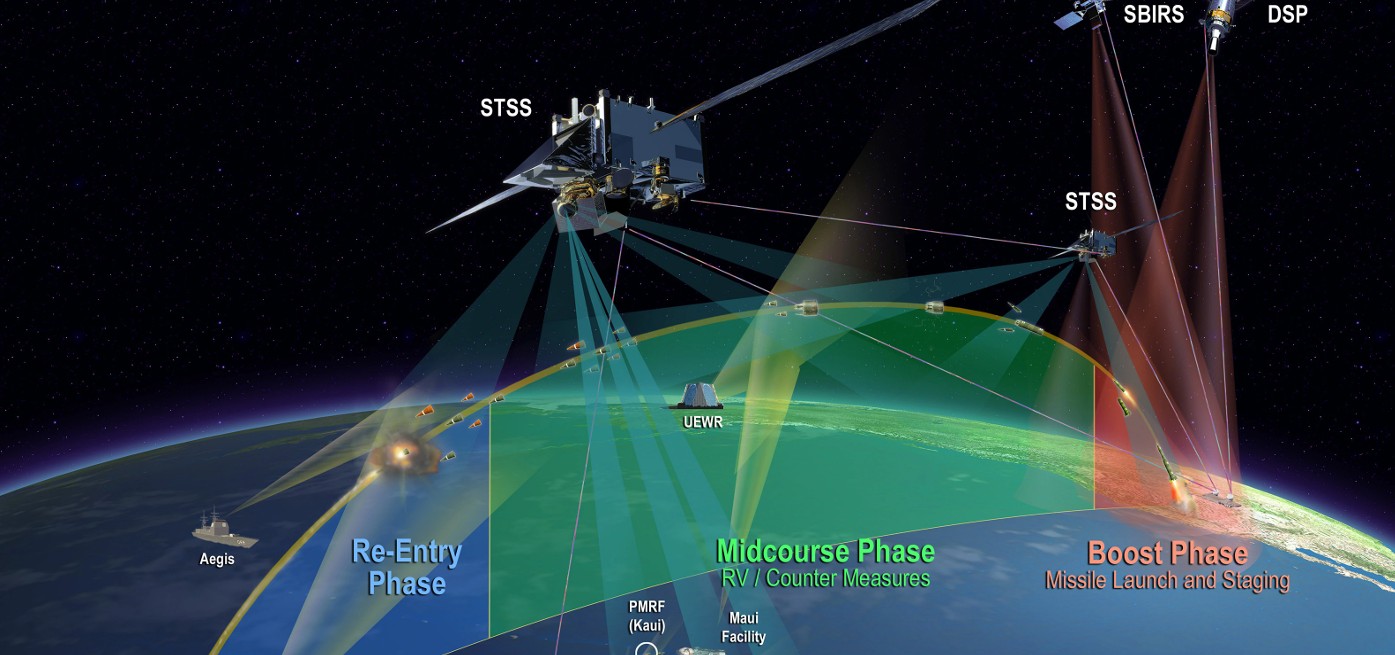
How to Block Drones with a Drone Jammer
In an age where the sky is dotted with drones, the importance of drone jammers has never been more significant. From commercial deliveries to personal

When considering the purchase of a drone jamming system, many customers are particularly concerned about the interference distance of the system. It is evident from customer communication that they expect the interference distance to be as large as possible. However, is this expectation reasonable? In this article, we will explore the factors that determine the interference distance of drone jamming systems and provide recommendations for selecting an appropriate system.
Determining the Interference Distance:
The majority of drone jamming systems currently available on the market have radio frequency (RF) transmission modules with power values ranging from 5W to 50W. Correspondingly, the interference distance of these systems typically falls within the range of 500 meters to 5000 meters. Customers should select the appropriate transmission power based on their specific needs. Generally, it is sufficient to control the interference distance slightly larger than the space of their own unit. Blindly pursuing a larger interference distance may result in unnecessary impacts on the external environment.
Balancing Performance and Practicality:
Our recommendation is to choose a drone jamming system with a reasonable interference distance. Pursuing higher transmission power and expanding the interference distance may not fully align with actual needs and can increase procurement costs. It is important to consider the practical requirements of the unit and avoid excessive interference distances that may cause unintended consequences.
Addressing Insufficient Interference Distance:
For customers who have expressed concerns about the insufficient interference distance of their drone jamming systems, one possible reason could be the incomplete configuration of interference frequency bands. Some basic interference frequency bands for drone navigation, flight control, and image transmission include GPS and Wi-Fi frequency bands. However, private modified drones may also utilize additional frequency bands such as 433MHz, 800MHz, 900MHz, 1400MHz, and WiFi 5.2G. By ensuring that all these interference frequency bands are fully configured, the system will be capable of handling 95% of current drone product types.
Conclusion:
In conclusion, it is important for customers to have reasonable expectations regarding the interference distance of drone jamming systems. Understanding the power values and corresponding interference distances of these systems is crucial for selecting an appropriate system that balances performance and practicality. Additionally, ensuring the system is equipped with a comprehensive range of interference frequency bands will enhance its effectiveness in countering various drone types. By considering these factors, customers can make informed decisions when purchasing drone jamming systems.
Our frequency checker tool will help you check all frequency bands used in all country.

In an age where the sky is dotted with drones, the importance of drone jammers has never been more significant. From commercial deliveries to personal

Protect your vehicle’s location privacy with a professional guide on GPS jammers. From selection to legal considerations and installation tips, we’ve got you covered. Key

Here’s a step by step guide on how to build your own GPS jammer. Below are the main steps we are going to introduce in

Understanding Signal Blocker: How It Works and Its Applications Signal Blockers are devices that can disrupt mobile phone signals, preventing them from connecting to base

The Application and Benefits of High-Power Signal Jammers Enhancing Signal Blocking Efficiency in Various Environments In today’s technologically advanced world, the need for effective signal

Considerations for Purchasing Exam Room Signal Jammers Ensuring Effective Signal Jamming for Exam Integrity As the year approaches its end, many schools are preparing for

The Importance of Monitoring and Signal Interference Measures During Examinations During examination periods, it is crucial to closely monitor the examination venues and their surrounding

Selecting the Appropriate Cell Phone Jammer for Theaters and Auditoriums Overcoming Challenges in Installation and Maximizing Signal Disruption The Importance of Cell Phone Jamming in

Remote Control of Cell Phone Jammers via Smartphone: A Possibility? With the rapid development of the Internet of Things (IoT), numerous smart home devices have

Supplying high quality signal jamming devices since 2010. The only jammer store you can trust.
Jammer Master © 2024. Premium Signal Jammer Supplier Since 2010.